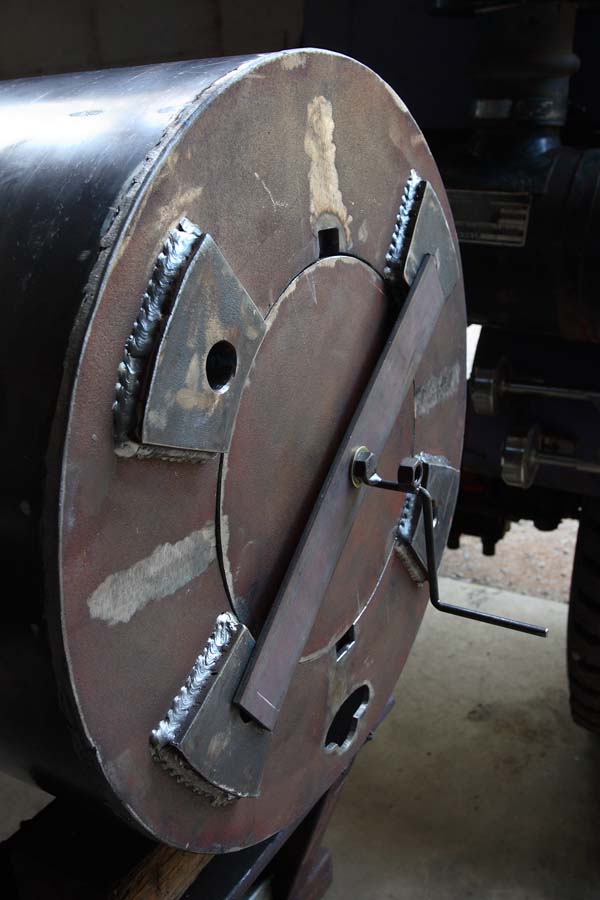|
|
Post by thereth on Mar 1, 2016 12:17:55 GMT 10
Hey Guys,
So I know nothing at all about welding, the closest I have ever come really is soldering and that is probably a blasphemous comment to everyone who has ever welded......
So what I am wondering is this, What is the "best" all purpose welding method to learn and concentrate on? With the new property there are already things that need fixing and some of it can be welded back together as opposed to buying new stuff, so I figure buthcering a couple gates while learning would be a good way to learn.
Can anyone with more experience and knowledge pitch in and give a newbie some pointers?
|
|
|
|
Post by graynomad on Mar 1, 2016 13:47:04 GMT 10
Well I'll start. I vote for MIG, as to it being the "best" I guess that depends but for general fabrication work I like it and I think it's fair to say that you can weld thinner material with a MIG. MIG is available in two types, gas and gasless. In a nut shell you use gas when welding inside and gasless outside because the slightest breeze can blow the gas away and then you get a crap weld. Years ago I would not touch gasless with a barge pole, but these days I work mostly outside so I decided to try it again. Very impressed, and I now have no thoughts of going back to gas. This means I don't have to hire the bottles and pay for the gas, plus when I move the rig that's one less thing to move. Most (all?) MIG welders do both, you just need to use the correct nozzle and wire. Downsides to MIG? They are much larger then the new inverter stick welders, even a small MIG (mine is 150A) weigh about 15-20kgs, I've seen inverter stick jobs that must be as light as 3-4kgs. If you are climbing around on a roof that makes a huge difference. Working in a shed not so much as it's probably on a trolley or overhead gantry anyway. A small MIG (say 150-200A) cannot really do thick material (say 12mm+) as it just can't get the heat into the metal. If you see yourself needing to weld that size steel I would go to a 350A or a even maybe a 450A. Serious welders like guys that do truck chassis cuts etc use stick from what I've seen, so my guess is that stick is better for jobs like that, but for general fab work I would go MIG. I've built sheds, motorhomes (all except the heavy stuff on the truck chassis), trolleys, brackets, tables etc etc etc with a small MIG. For things like gates and other thin-walled material I would get a 150-170A MIG, if you think you will need to go bigger get a 350-450A but that will need 3-phase I think. Another option might be to get the small MIG and a stick as well for heavier jobs. An example of a job with my small MIG  All that was done with my little 170A Lincoln I owned at the time. But the heavier stuff like the 12mm plate on this spare wheel holder  And the body mounts  required a large MIG. Caveat: I can't stick weld for nuts so I'm biased  |
|
shinester
Senior Member
   China's white trash
China's white trash
Posts: 3,119 
Likes: 3,578
Email: shiny@ausprep.org
|
Post by shinester on Mar 1, 2016 14:15:47 GMT 10
Gray's a better welder than me and I'll second that recommendation, particularly gas-less wire welding for the beginner as it's harder to mess up.
|
|